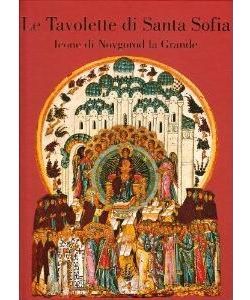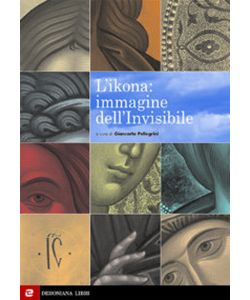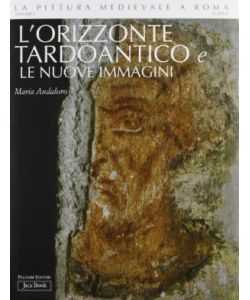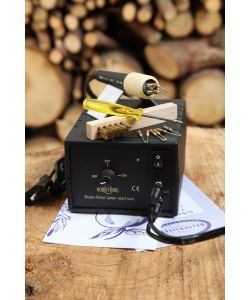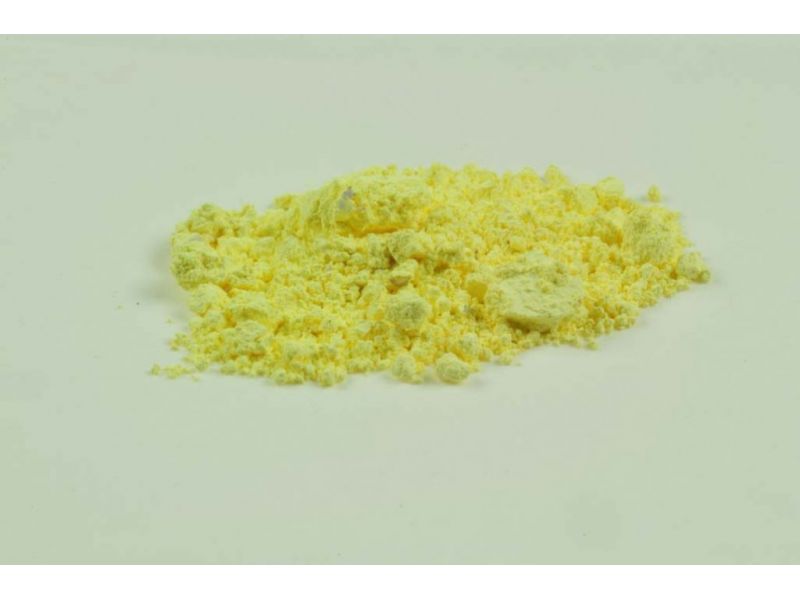

Quantity is greater than stock
Lead Tin Yellow Light , Kremer pigment
Contains lead. Toxic. Do not use for painting objects that could be licked or chewed by children.
Artificial yellow pigment, traced in 1941 by Jacobi on some ancient works. This is lead stannate. It is a pale color between lemon yellow and medium yellow (depending on the characteristics of the manufacturing process). It is obtained by calcining at around 800° C, in closed crucibles, a mixture of two parts tin dioxide and three parts lead minium. As a pigment it was used in frescoes and oils (particularly between 1500 and 1750), also finding use in glass and ceramic art. The name also sometimes occurs in reference to mosaic gold.
Tin and lead yellow, lemon yellow is suitable for tempera, watercolour, ceramics, oil, acrylics.
| NAPLES YELLOW LEMON original Kremer pigment gr.10 (cod.10100) | Stock: 10 - COD. CA0067 | |||
| € 10,00 |

|
|||
| NAPLES YELLOW LEMON original Kremer pigment gr.50 (cod.10100) | Stock: 2 - COD. CA0068 | |||
| € 43,00 |

|
|||



